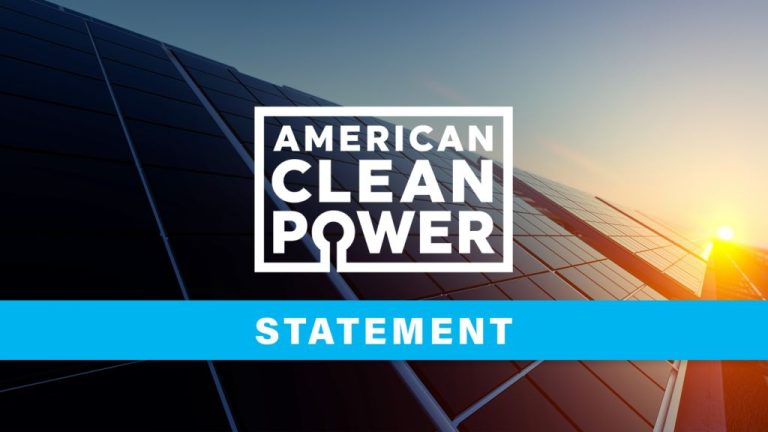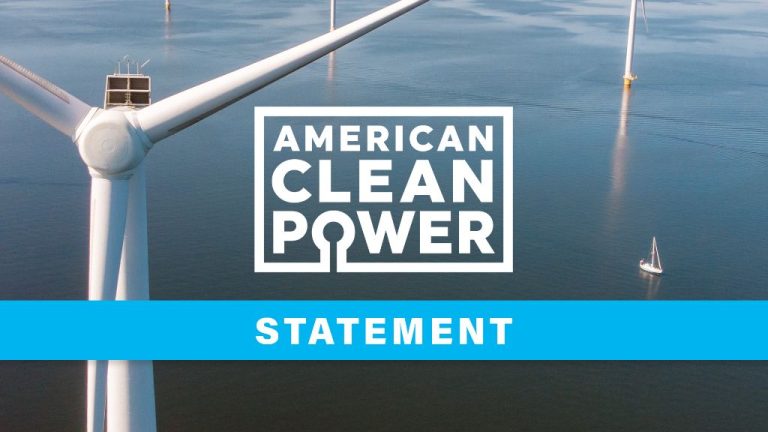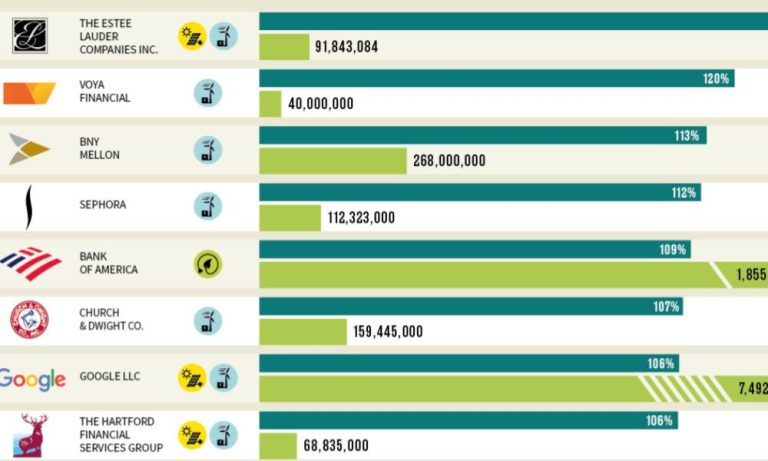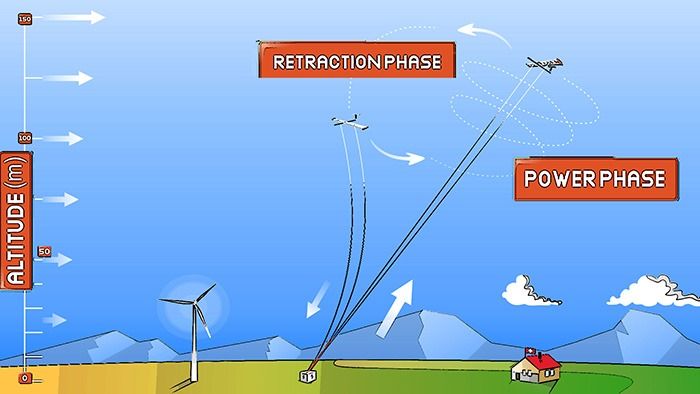Is Green Energy Infinite?
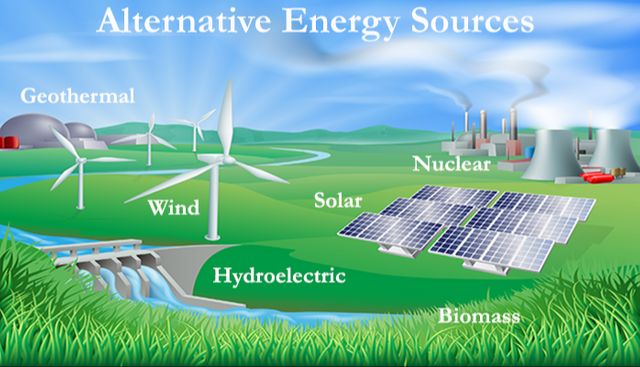
Green energy, also known as renewable or sustainable energy, comes from natural sources or processes that are constantly replenished. Some examples include solar, wind, geothermal, hydropower, and biomass energy. Green energy is becoming increasingly important as we work to transition away from fossil fuels like coal, oil, and natural gas, which are finite resources that release greenhouse gases into the atmosphere when used. This article will explore whether green energy has the potential to fully replace fossil fuels and meet the world’s growing energy demands indefinitely into the future. We will look at the different types of renewable energy available, current adoption rates, growth trends, benefits, and challenges. The goal is to provide a comprehensive and insightful analysis of the potential for green energy to provide truly infinite clean power.
Types of Green Energy
There are several major types of renewable energy sources that are used to generate electricity and heat. Some of the most common types of green energy include:
Solar
Solar power harnesses energy from the sun to generate electricity and heat. There are two main types of solar energy technologies: photovoltaics (PV), which convert sunlight directly into electricity, and concentrated solar power (CSP), which uses mirrors to focus sunlight to drive a steam turbine (Source 1). Solar PV systems are commonly installed on rooftops, while large solar farms with numerous panels generate power at utility scales.
Wind
Wind power uses large wind turbines, usually 100 feet tall or more, to capture kinetic energy from the wind and convert it into electricity. Utility-scale wind farms consist of many wind turbines spread out over large areas. Wind power is one of the fastest growing renewable energy sources worldwide (Source 2).
Hydroelectric
Hydropower plants capture energy from flowing water to generate electricity using turbines connected to generators. Hydroelectric dams store water in reservoirs and control its release to harness energy. Run-of-river hydro harnesses the force of rivers without the need for dams. Hydropower provides around 16% of the world’s electricity (Source 3).
Geothermal
Geothermal energy taps into underground reservoirs of steam or hot water to power steam turbines at the surface. Geothermal plants can operate continuously as the heat supply is constantly replenished. While geothermal potential is highest near tectonic plate boundaries, advances in technology are expanding its viability (Source 4).
Biomass
Biomass utilizes organic matter like plants, wood, and waste to generate energy. Direct combustion, pyrolysis, gasification, and anaerobic digestion are some methods to extract energy from biomass. While often considered carbon-neutral, biomass emits CO2 when burned, so sustainably sourced materials are ideal (Source 5).
Potential of Renewable Energy
The potential capacity for renewable energy sources is enormous. According to the World Economic Forum, India alone has the capability to install up to 1,500 gigawatts of wind and solar capacity by 2030, which would be sufficient to power the country’s electricity needs (1). Jordan is also leading in renewable energy adoption, currently getting 26% of its electricity from renewables. Experts estimate Jordan’s potential solar capacity at 7,000 megawatts, enough to meet half the country’s energy demand (2). Globally, the potential capacity for solar and wind is practically limitless. The International Renewable Energy Agency estimates that current commercially available renewable technologies could provide over 420,000 terawatt-hours per year, more than 7 times the worldwide energy consumption today.
Current Adoption Rates
Renewable energy has seen increasing adoption rates in recent years, though it still accounts for a relatively small portion of global energy production. As of 2019, renewables made up 11% of total primary energy supply globally, with the most growth coming from solar and wind power generation (renewable energy adoption statistics).
The adoption of renewable energy varies significantly by country and region. Some of the leading countries in renewable energy adoption include:
- Iceland – 76% of total energy production
- Norway – 69% of total energy production
- Sweden – 57% of total energy production
- Denmark – 47% of total energy production
- Germany – 17% of total energy production
- United States – 12% of total energy production
- China – 9% of total energy production
Developing countries still rely predominantly on fossil fuels, though renewables are starting to gain ground. Africa’s renewable energy capacity grew at an average annual rate of 14% from 2000 to 2018 (renewable energy adoption statistics). Overall, the adoption of renewable energy continues to increase globally, though faster growth will be needed to meet climate change mitigation goals.
Growth Trends
The growth of renewable energy has been rapidly increasing over the past decade. According to a report from the USDA, renewable energy consumption is projected to continue rising through 2050 across all sectors. From 2018-2019, renewable energy consumption increased by 8 quadrillion Btu, or 15%.
Solar and wind have seen particularly strong growth. The USDA projects that wind capacity will grow from 7% of total U.S. electric capacity in 2018 to 14% by 2050. Solar generation capacity is projected to grow even more rapidly from 10 gigawatts (GW) in 2018 to 239 GW in 2050, increasing its share of total generation capacity from 2% in 2018 to 14% by 2050 (USDA).
Overall, the share of renewable energy in total U.S. energy consumption is expected to increase from 11% in 2018 to 13% by 2022 and to 21% by 2050 according to USDA projections. Government policies, technology improvements, and declining costs are driving this rapid growth of renewable energy adoption.
Benefits of Renewable Energy
Renewable energy provides several important benefits compared to fossil fuel-based energy. Some key benefits include:
Reduced Emissions
Renewable energy sources like solar, wind, and hydropower produce little to no global warming emissions (1). Unlike coal and natural gas, the use of renewables avoids air pollution and reduces greenhouse gases, helping to mitigate climate change.
Energy Independence
Local renewable energy can help provide energy independence and security. Many renewable energy resources exist domestically and reduce reliance on imported fossil fuels (2). This can prevent supply disruptions and shield consumers from global price fluctuations.
Cost Savings
The costs of renewables like bioenergy, solar, wind, and geothermal continue to decline. In many cases, renewables are already cost-competitive with fossil fuels and offer a cheaper long-term energy investment (3). This saves consumers and taxpayers money.
Health Benefits
Renewables don’t produce harmful air pollution like fossil fuels, which contributes to asthma, heart and lung disease, and premature death (1). This results in lower health care costs and improved public health, especially in communities near fossil fuel power plants.
(1) https://www.ucsusa.org/resources/benefits-renewable-energy-use
(2) https://www.epa.gov/statelocalenergy/local-renewable-energy-benefits-and-resources
(3) https://www.energy.gov/eere/renewable-energy
Challenges of Renewable Energy
While renewable energy sources offer many benefits, they also come with unique challenges that need to be addressed for wider adoption. Some key challenges include:
Intermittency – Many renewable sources like solar and wind are intermittent, meaning their energy generation depends on weather conditions. Solar only generates electricity when the sun is shining, and wind turbines rely on steady breezes to spin. This intermittency makes it difficult to integrate large amounts of renewable energy into the existing grid.
Storage – Because renewables are intermittent, adequate energy storage is needed to capture and store energy when generation is high for use when generation is low. Developing cost-effective, large-scale energy storage is still a challenge.(Energy5)
Transmission – Areas with abundant renewable resources are often remote. New transmission infrastructure is needed to deliver this energy to population centers. Building new transmission lines faces regulatory, planning, and cost challenges.
High upfront costs – While ongoing costs of renewables are low, initial capital costs can be high. The upfront investment for renewables like solar PV panels, wind turbines, and geothermal plants is still higher than fossil fuel plants. This can deter adoption, especially in developing countries.
Policies Supporting Renewables
Government policies and incentives have played a major role in driving the adoption of renewable energy. Some key policies include subsidies, tax credits, and regulations like renewable portfolio standards (RPS).
Subsidies lower the cost of renewable energy technologies through direct payments, tax reductions, or by requiring utilities to use more renewables. The U.S. federal government has provided production tax credits for wind and solar, which reimburse up to 30% of project costs (1). Many states also offer additional tax credits, property tax exemptions, and sales tax exemptions for renewables.
Renewable portfolio standards require electric utilities to supply a minimum percentage of their power from renewable sources. As of 2022, 30 states plus Washington D.C. had adopted RPS policies (2). Studies show RPS policies have substantially increased renewable energy deployment in adopting states (3).
Other supportive policies include feed-in tariffs which guarantee renewable electricity generators fixed, long-term prices for their power, net metering programs that compensate on-site renewable generation like rooftop solar, and renewable energy certificates that utilities can purchase to comply with RPS obligations.
Sources:
(1) https://www.epa.gov/re-powering/incentives-and-policies
(2) https://www.irena.org/-/media/Files/IRENA/Agency/Publication/2018/Apr/IRENA_IEA_REN21_Policies_2018.pdf
(3) https://www.epa.gov/system/files/documents/2022-06/epa-re-powering_examples_of_state_policies%20508.pdf
The Future of Renewable Energy
Many experts believe that renewable energy has the potential to meet global energy demand in the future. According to the International Renewable Energy Agency (IRENA), renewables could supply over two-thirds of global energy needs by 2050 if countries adopt the right policies and technologies (source 1). IRENA predicts that renewables will dominate new power generation capacity, accounting for over 90% of all new capacity added through 2026.
Several emerging technologies could enable renewables to play an expanded role in the future. Advancements in energy storage will help integrate higher shares of variable wind and solar power into electricity grids. Smart grid technologies will also improve grid flexibility and management. Innovations in sectors like green hydrogen production and electric vehicles will allow renewable electricity to increasingly power transportation, industry, and heating (source 2).
With falling technology costs and supportive policies, renewables hold great promise for meeting global energy needs in a sustainable way. However, continued research, investment, and commitment from both public and private sectors will be critical to realizing this potential.
Conclusion
Based on the evidence presented, it’s clear that renewable energy sources are not truly infinite, but they are effectively inexhaustible given humanity’s practical timescales and energy needs. The potential supply of renewable resources like solar, wind, hydro and geothermal vastly exceeds global energy demand. While subject to geographic, climatic and technological constraints, if fully developed these sources could supply 100% of the world’s energy needs indefinitely.
However, renewables face limitations in their rate of extraction or capture. Fossil fuels took millions of years to form, whereas renewables like biomass recycle on an annual basis. Extraction cannot exceed replenishment rates. With thoughtful management and steady technological improvements, renewable energy supplies can scale sustainably.
Transitioning from fossil fuels to renewables is critical to combat climate change and ensure energy security and affordability. Renewables offer a pathway to a zero-carbon energy system that can support the needs of current and future generations. Realizing the full potential of renewables requires policies that promote research, infrastructure, and adoption on an urgent and massive scale. With commitment and vision, humanity can harness sustainable energy infinitely into the future.

